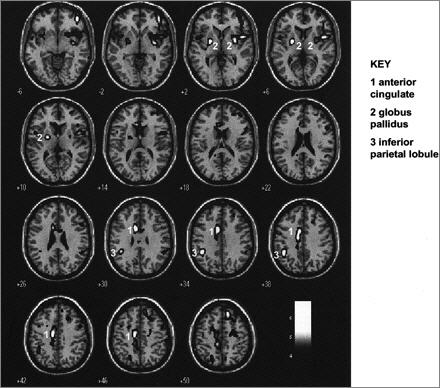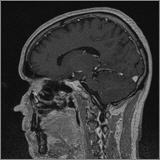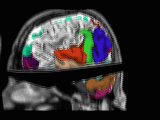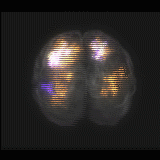Brain, Vol. 124, No. 5, 1003-1012, May 2001
© 2001 Oxford University Press
>Brain activity during biofeedback relaxation(hier Orginal)
A functional neuroimaging investigation
H. D. Critchley1,2, R. N. Melmed1,5, E. Featherstone1, C. J. Mathias2,3 and R. J. Dolan1,4
1 Wellcome Department of Cognitive Neurology, Institute of Neurology, UCL, 2 Autonomic Unit, National Hospital for Neurology and Neurosurgery and Institute of Neurology, UCL, 3 Department of Neurovascular Medicine, St Mary's Hospital, Imperial College School of Medicine, 4 Royal Free Hospital, University College Hospital School of Medicine, UCL, London, UK and 5 Department of Medicine, Hadassah University Hospital, Jerusalem, Israel
The mechanisms by which cognitive processes influence states of bodily arousal are important for understanding the pathogenesis and maintenance of stress-related morbidity. We used PET to investigate cerebral activity relating to the cognitively driven modulation of sympathetic activity. Subjects were trained to perform a biofeedback relaxation exercise that reflected electrodermal activity and were subsequently scanned performing repetitions of four tasks: biofeedback relaxation, relaxation without biofeedback and two corresponding control conditions in which the subjects were instructed not to relax. Relaxation was associated with significant increases in left anterior cingulate and globus pallidus activity, whereas no significant increases in activity were associated with biofeedback compared with random feedback. The interaction between biofeedback and relaxation, highlighting activity unique to biofeedback relaxation, was associated with enhanced left anterior cingulate and cerebellar vermal activity. These data implicate the anterior cingulate cortex in the intentional modulation of bodily arousal and suggest a functional neuroanatomy of how cognitive states are integrated with bodily responses. The findings have potential implications for a mechanistic account of how therapeutic interventions, such as relaxation training in stress-related disorders, mediate their effects.

Activity related to the main effect of performing relaxation tasks. Group data (P > 0.001, uncorrected, for illustrative purposes) is illustrated on 15 axial sections of a normalized template image derived from one subject. Height in millimetres (z coordinate) above the anterior commissure is given adjacent to each section. The graded bar illustrates the Z scores of the activations. Locations of activation are indicated in the numbered key. Greatest activity related to sympathetic relaxation was observed in the left anterior cingulate and globus pallidus (P < 0.05, corrected).


